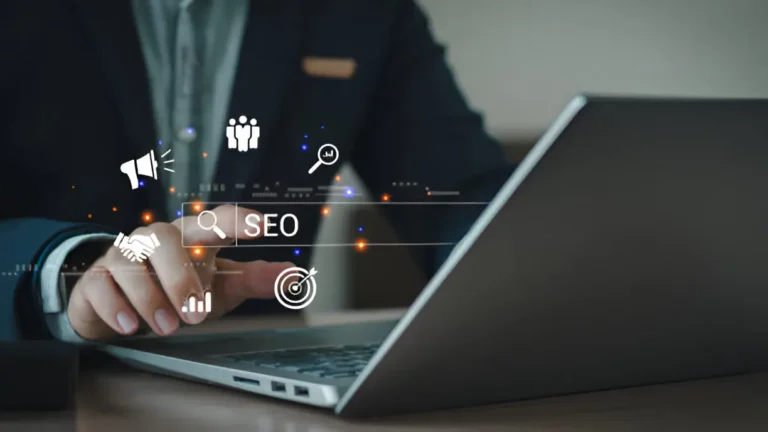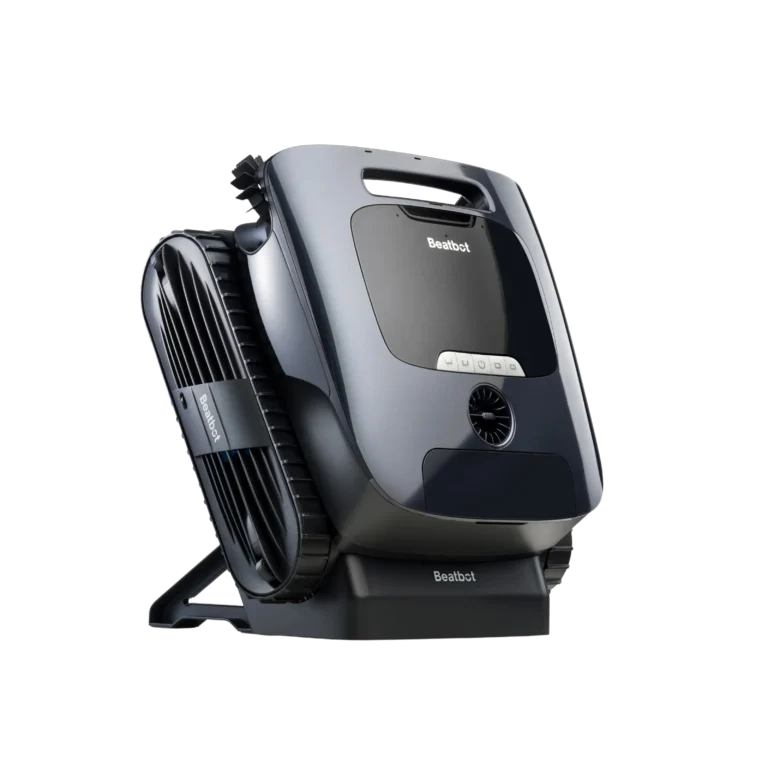Digital Twin Technology: Use Cases, Challenges, and Opportunities
A digital twin is the virtual representation of an object that represents the physical object accurately. It is the digital replica of any person, process, system, or object. Digital twin technology helps organizations by simulating real scenarios and estimating the expected outcome. It takes the real-time data and applies the simulation to make the strategic decision. Ingenero is one of the smart companies using digital twin technology to make work better and improve results.
How Digital Twin Works
Digital twin technology prepares the virtual replica of a physical object. For example, consider an electric vehicle equipped with various sensors for monitoring the functionalities of the vehicle. The sensors collect the real-time data of electric vehicles, such as battery performance, driving speed, rapid acceleration, or energy consumed, and send it to the processing system. The processing system prepares a digital copy using these data.
The digital replica of the electric vehicle was then further utilized in generating a simulation and used to identify several problems and their expected outcomes. This is a simple example applied on a larger scale by the organization to predict the real-life scenarios and take the right decision.
About Digital Twin Technology
Digital twin technology offers users a realistic experience with the combination of augmented reality, virtual reality, and extended reality. The growing interest in digital twins is expected to attract investment of more than $48 billion by 2026. Cloud-based technologies have started using digital twins in their services, known as DTaaS. Digital Twins is adopting large language models (LLMs) for software development in platforms like GitHub.
Digital Twin Technology Application
Digital twin technology is used in construction industries for making better residential, commercial, and infrastructural plans. Digital twin technology helps in monitoring the performance of equipment on a real-time basis for manufacturing businesses. Digital twin is widely used in the energy sector for offshore installation. Automotive industries use digital twins.
Opportunities
- Digital twin technology enables us to do better decision-making in R&D with a higher chance likelihood of an accurate outcome.
- It ensures the continuous monitoring of the product and achieves the highest performance in any business processes, eliminating any bottleneck.
- Big physical structures like buildings and drilling platforms can use the digital twin technology for their design for a better outcome.
- Large engines, like locomotive engines, can predict the timeframe for maintenance by implementing the digital twin technology.
Challenges
Despite several positive impacts of digital twin technologies, it also suffers from significant challenges of high cost of implementation and security risks. It faces challenges while combining data from various sources. Existing system integration with new technology jeopardizes the successful implementation.
Digital twin technology has introduced a timeless change in modern business processes and provides detailed insight into operating models. The use of digital twins reduces equipment downtime and makes the production process more efficient. The digital twin technology is expected to grow on a large scale in the upcoming days with its robust application.
Frequently Asked Questions
What are the applications of digital twins?
Digital twins are used in manufacturing operations, healthcare, the automotive industry, and many more.
What are the types of digital twins?
Digital twins are of various types, like asset twins, process twins, system twins, and component twins.
How does a digital twin affect environmental sustainability?
It improves sustainability through waste management and efficient use of power sources that further help organizations reduce costs and maintain social responsibility.
Also Read-PM Awas Yojana 2026: Benefits, Eligibility & How to Apply





